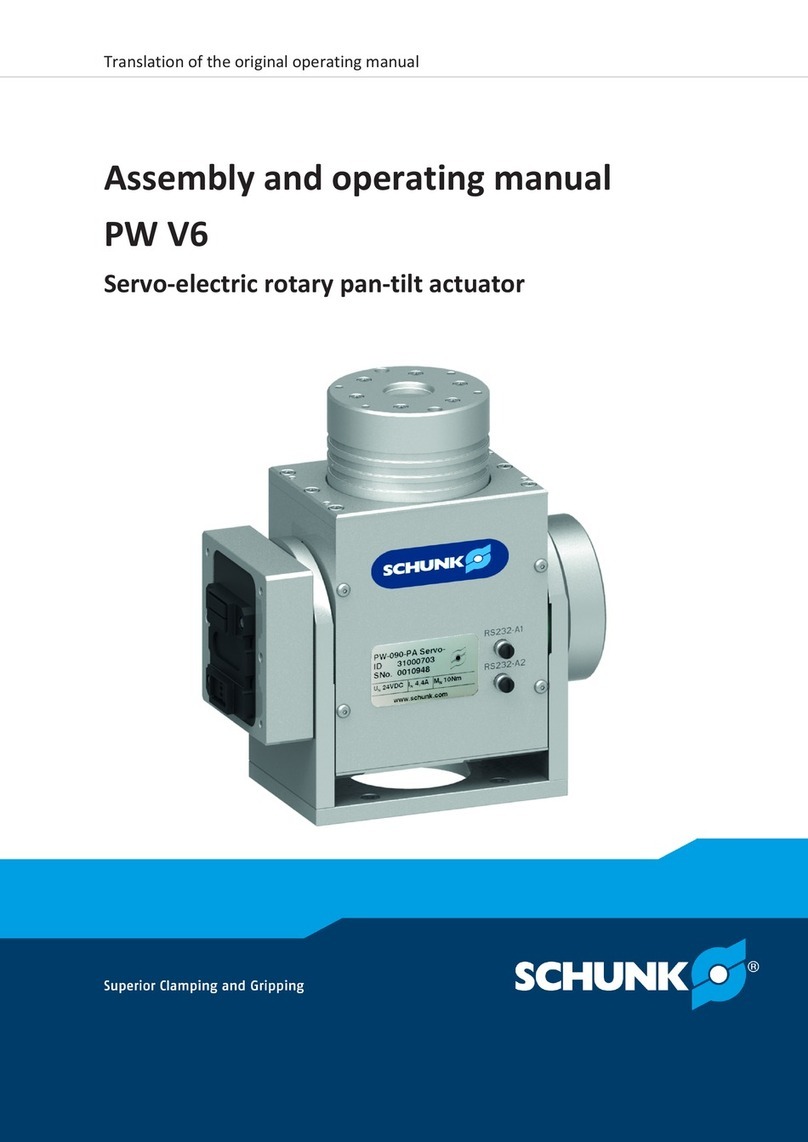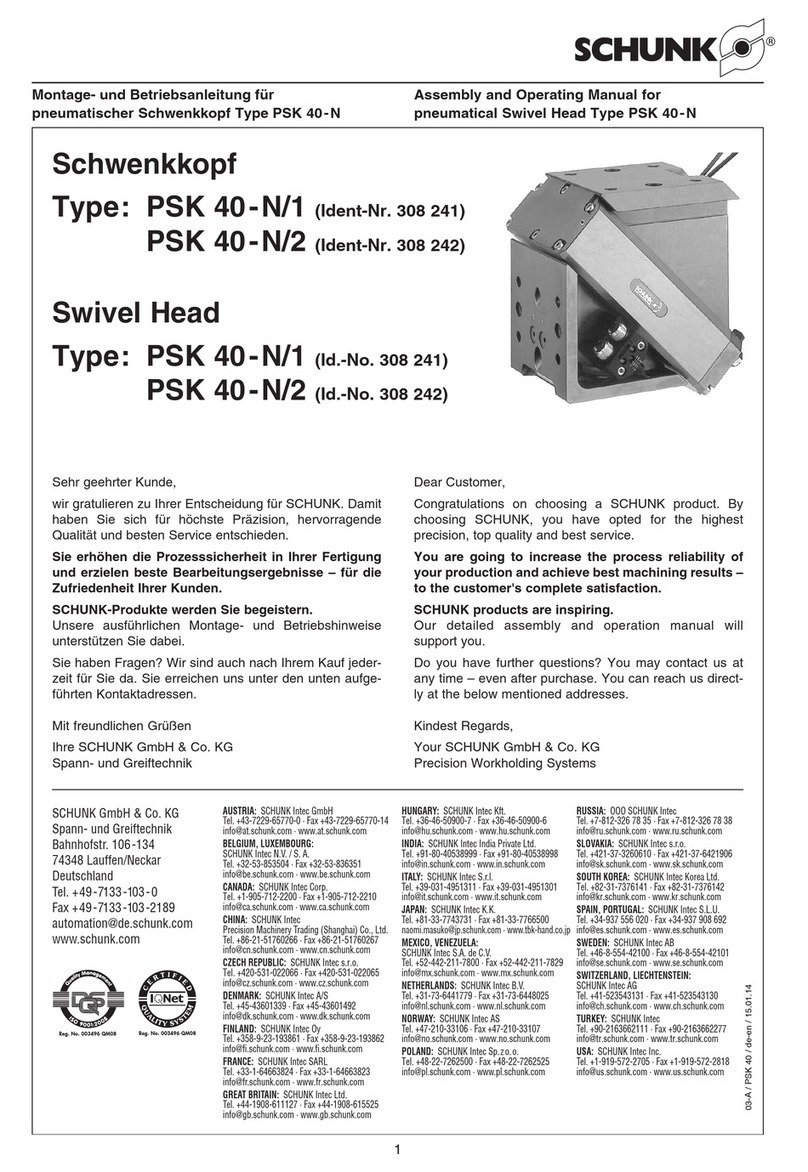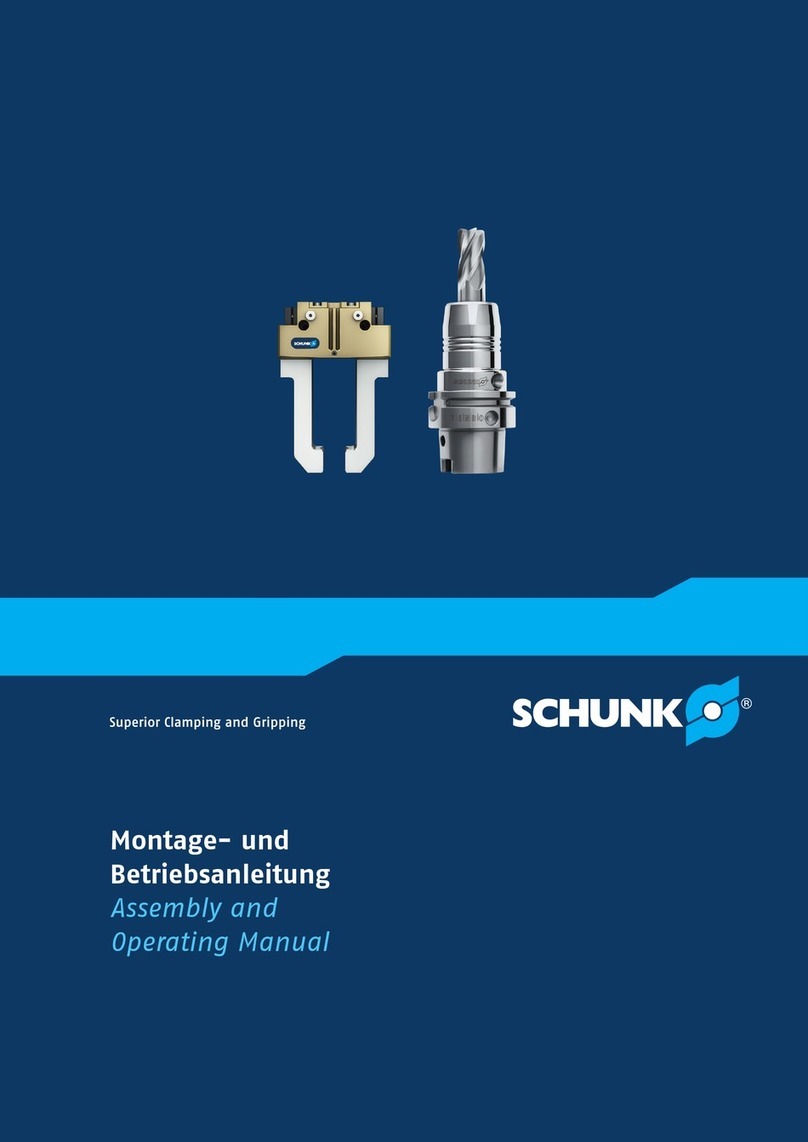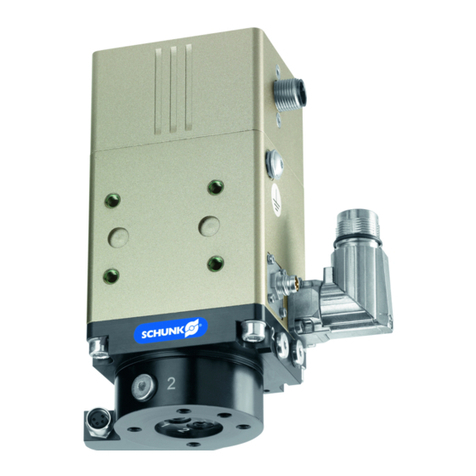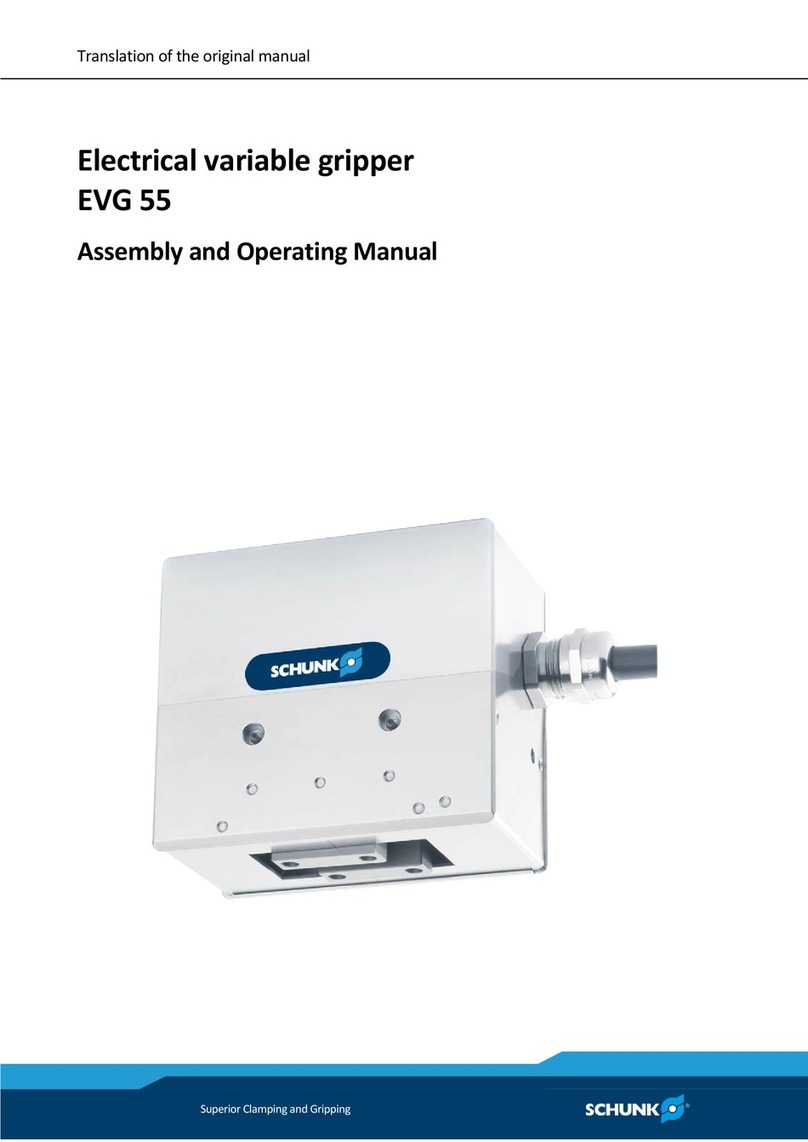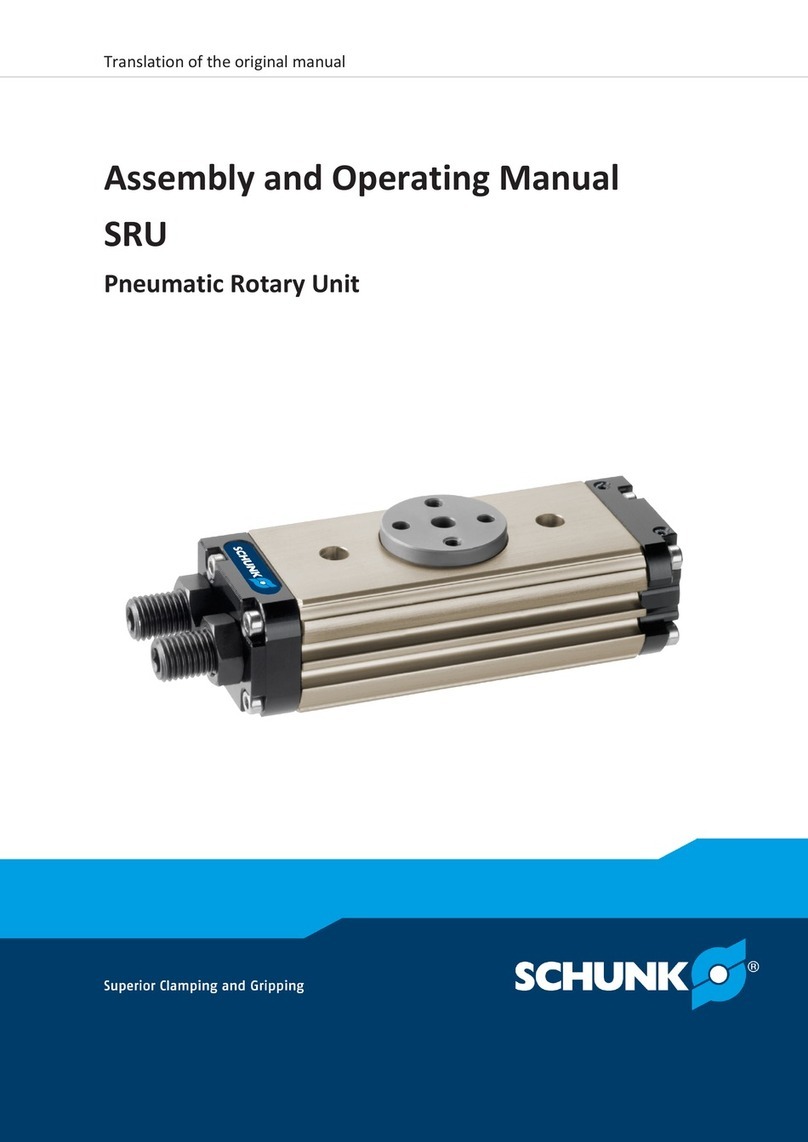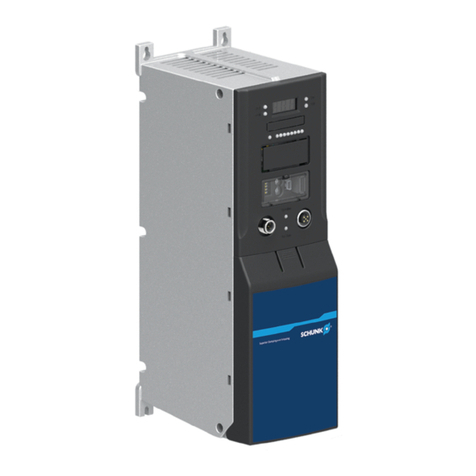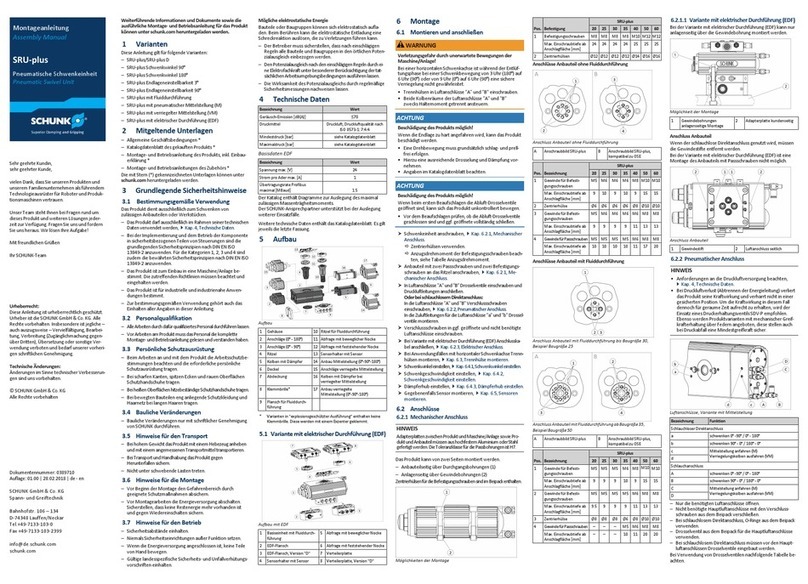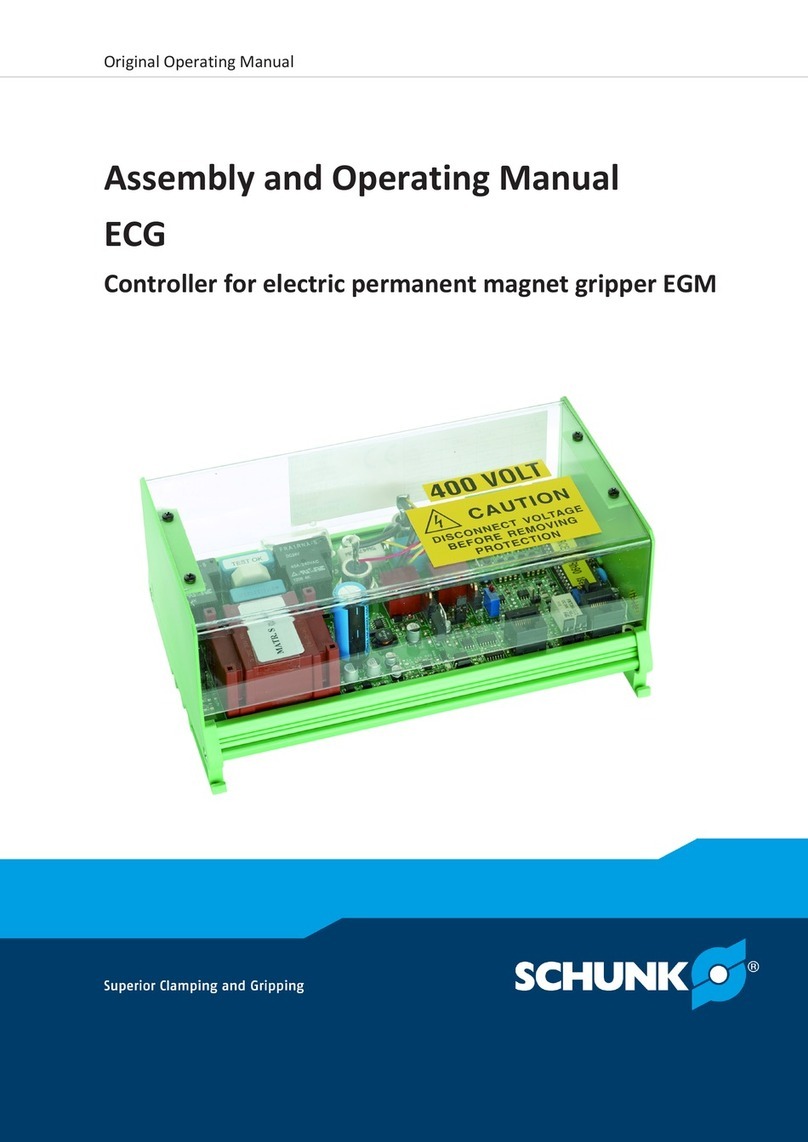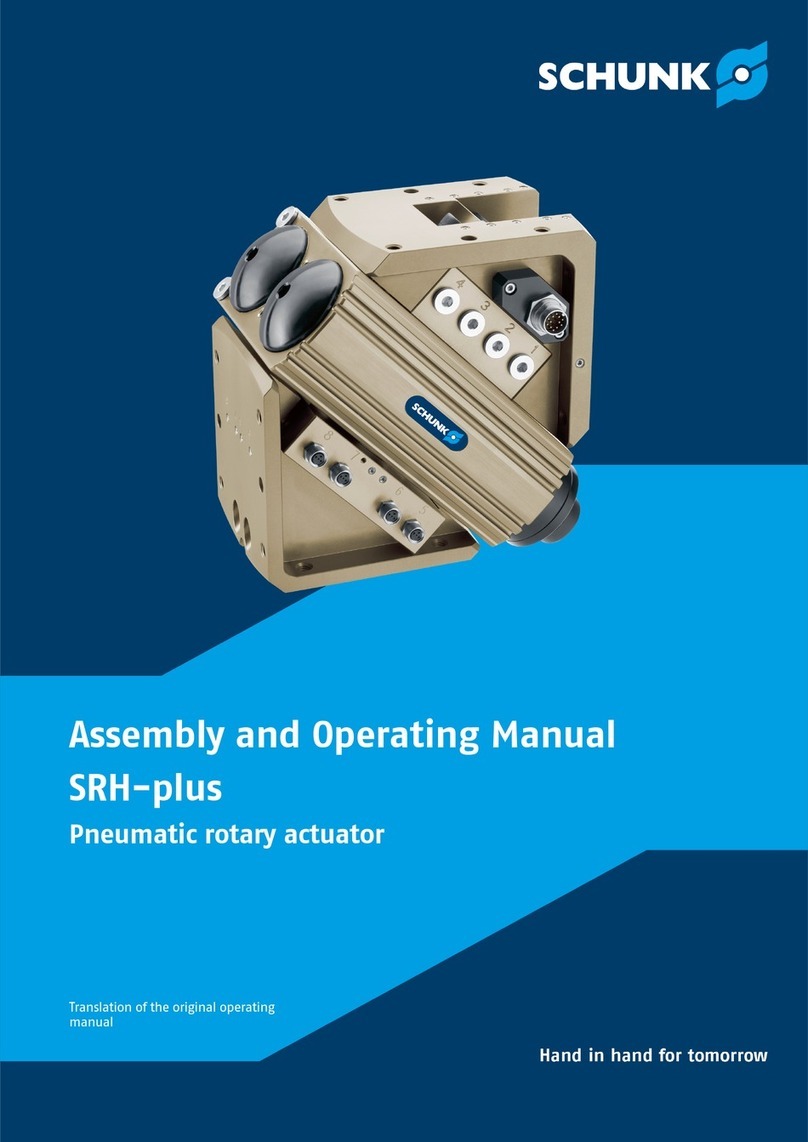
Personnel qualification
Inadequate qualifications of the personnel
If the personnel working with the product is not sufficiently quali-
fied, the result may be serious injuries and significant property
damage.
•All work may be only performed by qualified personnel.
•Before working with the product, the personnel must have read
and understood the complete assembly and operating manual.
•Observe the national safety regulations and rules and general
safety instructions.
The following personal qualifications are necessary for the various
activities related to the product:
Due to their technical training, knowledge and experience, trained
electrician are able to work on electrical systems, recognize and
avoid possible dangers and know the relevant standards and regu-
lations.
Pneumatics specialists have been trained for this particular area of
responsibility and know the relevant standards and regulations.
Hydraulic specialists have been trained for this particular area of
responsibility and knows the relevant standards and regulations.
Due to their technical training, knowledge and experience, quali-
fied personnel is able to perform the delegated tasks, recognize
and avoid possible dangers and knows the relevant standards and
regulations.
Instructed persons were instructed by the operator about the de-
legated tasks and possible dangers due to improper behaviour.
Due to their technical training, knowledge and experience, service
personnel of the manufacturer is able to perform the delegated
tasks and to recognize and avoid possible dangers.
Service personnel of
the manufacturer

